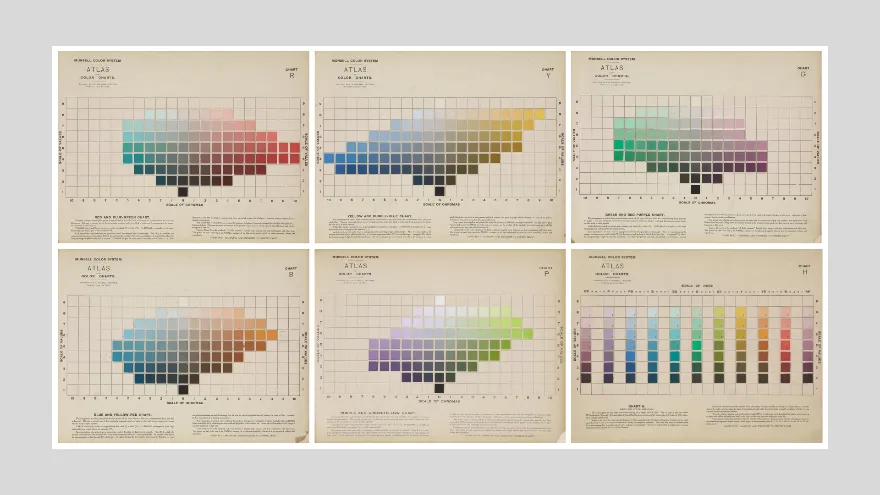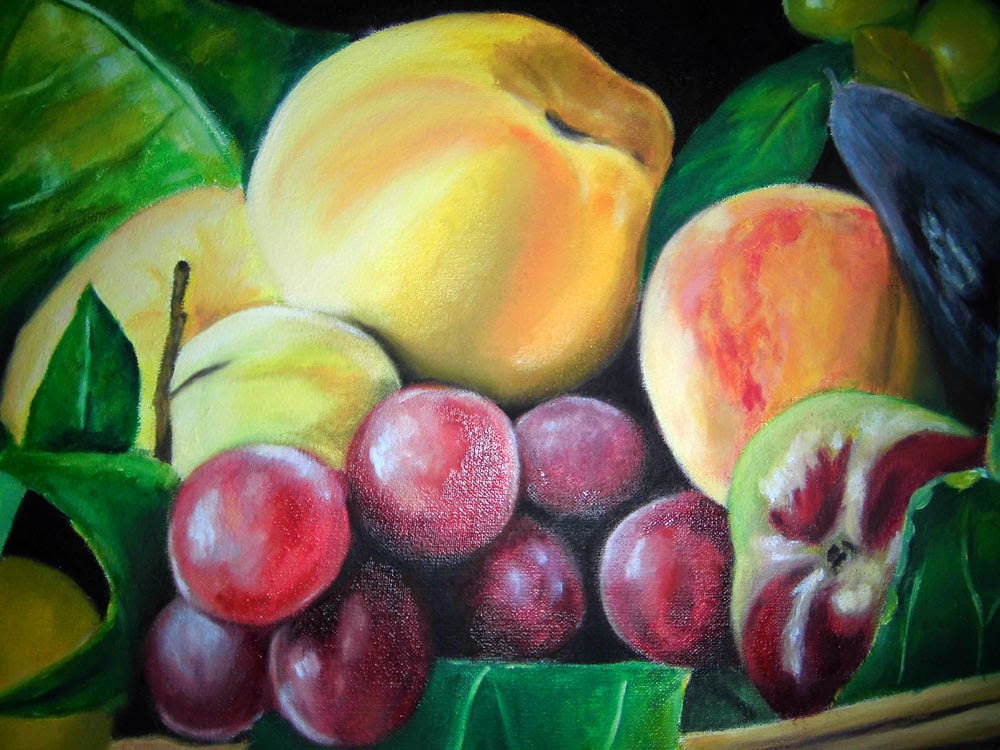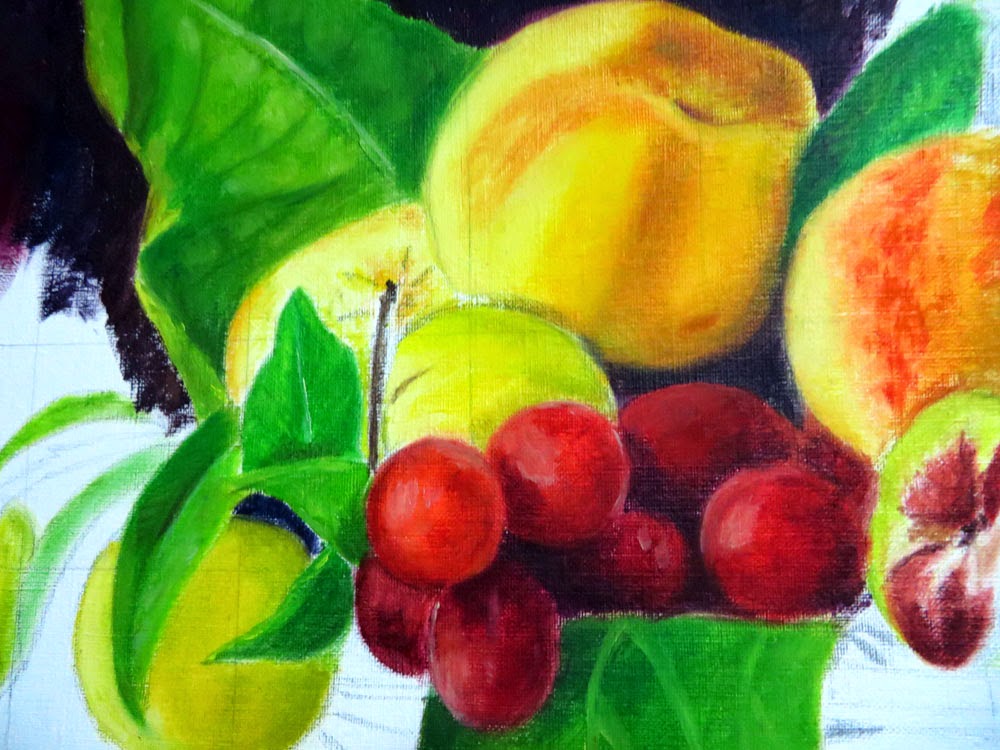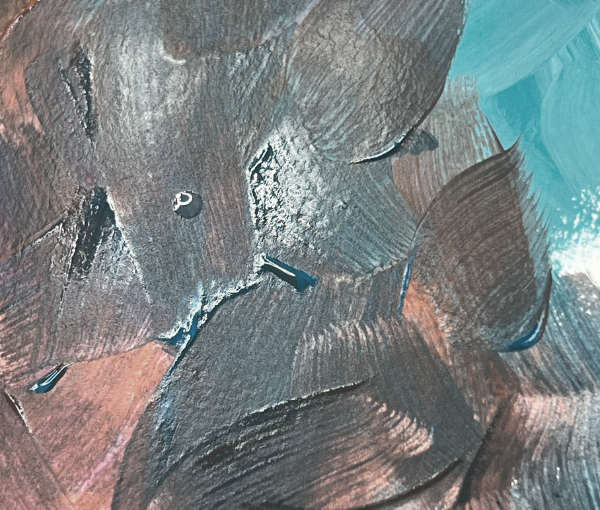(How to avoid muddy colors when mixing paint)
I still remember my first year in art school. I was working on my second still life, and while the volume and structure of my painting were fine, my colors looked milky, and my shadows were muddy and dirty.
As my teacher walked around observing my classmates’ paintings, he stopped at my spot and said:
“Use less white and black.”
The next day, he said the same thing. And the day after that, he took my tubes of black and white paint!
Instead, he handed me a tiny amount of white and told me:
“To lighten your colors, use only lemon yellow and this little bit of white. To darken, use ultramarine blue.” and think about value contrast is not just about color mixing is about color harmony too (this is going to be for another article)
I thought it was impossible—how could I paint without black and white? But I had no choice. For the next three days, I painted this way.
At first, it was frustrating. I had to pay more attention to color mixing. To lighten colors, I used yellow with just a tiny bit of white. Darkening was easier because ultramarine blue is naturally deep.
Then, something amazing happened.
Right before my eyes, my painting became vibrant, clean, and full of life. No more muddy colors—just pure, brilliant color, obviously not on the whole painting, one more thing I learned was about the proportions of colors on a painting, gray down colors (muddy colors 60%), neutral colors(30%) and pure accents(10%).
When my teacher saw my finished painting, he finally gave me my paints back and said:
“You need to learn to control these two colors. It won’t be easy, but remember this lesson every time you squeeze white and black onto your palette.”

Understanding White and Black to avoid muddy colors
White and black are powerful but tricky.
🖌 Too much white → Colors become opaque and milky. Even shadows can turn cloudy, making the painting look dull.
🎨 Too much black → Shadows become heavy and dirty, instead of transparent and natural-looking.
We often overuse these colors without realizing it, so controlling them takes practice.
How to Control Black and White in Your Paintings
✅ Use Alternative Colors
- For shadows: Burnt umber + ultramarine blue → a deep, dark tone close to black.
- For highlights: Naples yellow + lemon yellow → a warmer, fresher light instead of a flat white.
✅ Use Complementary Colors for Shadows
Instead of black, use the opposite color on the color wheel to create shadows:
- Orange shadow → Add blue
- Red shadow → Add green
- Yellow shadow → Add purple
✅ Be Careful with White in Shadows
Adding too much white to a shadow will make it flat and lifeless. Shadows should be transparent and glowing, not cloudy.
A Student’s Painting: Before and After
📌 In the first painting, the artist used too much white and black.
- The lights look milky.
- The shadows appear heavy and dull.
- The colors of the grapes are muddy and lifeless.
📌 In the second painting, the artist used Naples yellow instead of too much white and avoided pure black in the shadows.
- The colors are cleaner and more vibrant.
- The shadows are transparent and glowing.
- Even though the painting is unfinished, it already looks fresh and full of life.


Final Thoughts
Learning to control white and black takes time and practice, but once you do, your paintings will become more vibrant, cleaner, and full of light.
🌟 Next time you mix colors, remember my teacher’s lesson. Instead of reaching for black and white right away, try using their colorful alternatives first. Your paintings will thank you! 🎨✨
